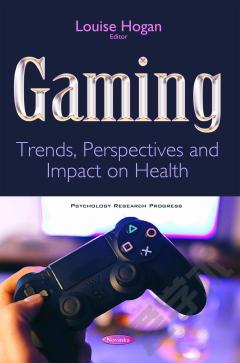Gaming: Trends, Perspectives and Impact on Health
Gaming is continuing to grow into one of the largest entertainment industries, not only in North America but also in the entire world. It has been estimated that, as of early 2015, nearly one-third (115 million) of Americans are playing video games. There is an average of two gamers in a United States household, and 80% of these households own at least one device that plays video games (Entertainment Software Association, 2015). The average gamer spends eight hours a week playing video games, with more “hard-core” gamers playing, on average, thirty hours a week (ESRB, 2010). Depending on the genre, video games can require a considerable time investment, often far beyond the time required to consume other entertainment media. This is especially the case with online-based video games (Yee, 2006). As a result, video games can significantly affect intimate relationships. The first chapter of this book discusses implications of video games for a couple's emotional health. Chapter Two examines the existing literature on active gaming and physical activity, and addresses game design components that have the potential to impact psychological factors such as motivation, emotions and well-being that may promote or deter long-term game play and physical activity behavior. Chapter Three systematically summarizes and evaluates the effectiveness of exergaming on fundamental movement skill competence among children and young adults. Chapter Four reviews some neuroimaging internet gaming disorder (IGD) studies and discusses the findings. The book concludes with a commentary on internet gaming disorders and its impact on the children who play.
{{comment.content}}








 京公网安备 11010802027623号
京公网安备 11010802027623号